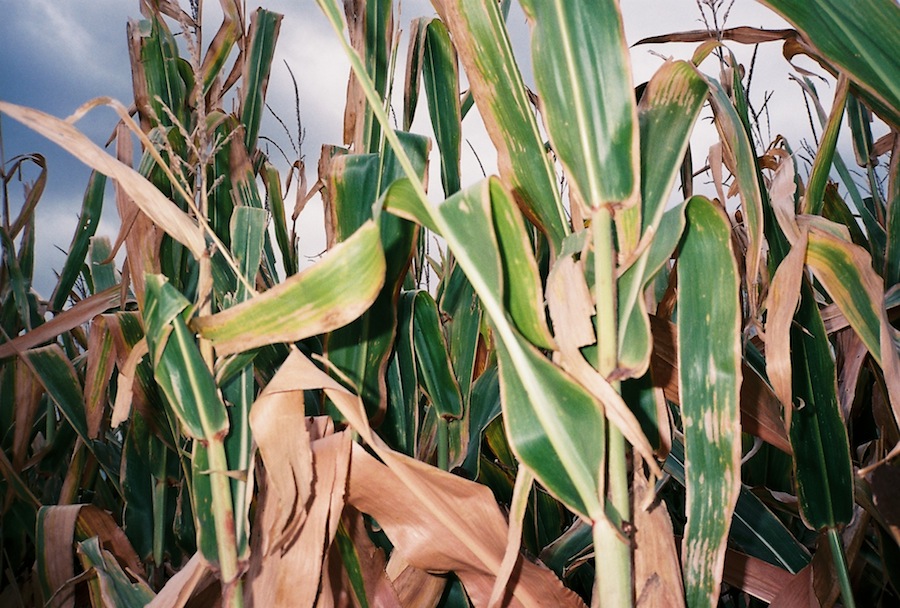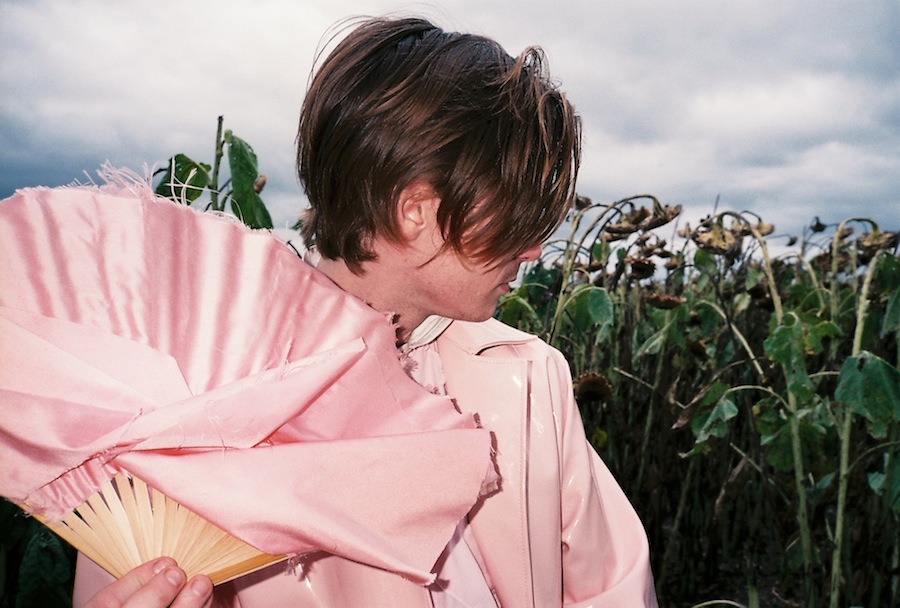Images: Jonathan Rae
Models: Jess Little and Thornton Wood
Models: Jess Little and Thornton Wood
SE: What’s your capsule collection about?
KW: I’ve designed a range of staples that are designed with both men and women in mind and they’re sort of subtly disrupted. I’ll have some asymmetry interrupting a t-shirt or hand fraying a pair of trousers.
SE: Is there a reason why you wanted to make it unisex?
KW: I feel like we’re all made up of masculine and feminine elements and the degrees to which we hold these traits makes up our individual personalities. I think as a designer I wanted to represent identity through clothing and I think that’s what attracted me to design in the first place.
SE: Do you get frustrated about what’s meant to be masculine/feminine or menswear/womenswear?
KW: I don’t find it frustrating. I do think that it’s fantastic that there’s so much attention being drawn to gender at the moment - identification and sexuality. Because I think it means that we’re questioning the roles and stereotypes in society.
SE: Is this what you’re planning to do now you’re graduated?
KW: It was quite taxing being at uni, so I wanted to take some time off and re-centre and I just got really creative and wanted to start making some clothes.
SE: What about within yourself personally, you say people’s personalities are made up of masculine and feminine elements. Is that something you’ve identified in your own personality?
KW: Oh, of course. I tend to feel that generally I’m a bit more masculine than feminine. In a certain way, like I find it easier to talk to guys because I’m quite direct and I see that as a more masculine trait. And I’ve always felt more comfortable dressing in menswear than womenswear.
SE: Do you find it hard to find things [clothing] that’s like you?
KW: No, but I think it’s really interesting to figure it out as you go. In creating you’re learning about who you are.
SE: What have you learnt then?
KW: It’s a hard thing to put into words, but if you gave me a moment I'll have a think about it.
(Later via text) Flare was really an extension of my graduate collection which was guided by an investigation into balance, making something messy look clean and finding a point between masculinity and femininity that felt interesting to me. And I think through the process I was able to resolve a kind of tension between these dualistic elements within my own personality, identifying how they can coexist in harmony.
SE: What are you planning to do after this?
KW: I’m hoping to head down to Melbourne at some point and I’d love to work in any kind of design role. But until then I’m just kind of being a bit of a punk, I suppose, doing everything myself because I’m just really enjoying it. I want to make some art and keep making clothes and keep pushing to figure out what I’m about because I think it’s a process of unveiling that.
www.grammarlabel.com
www.grammarlabel.com


















































